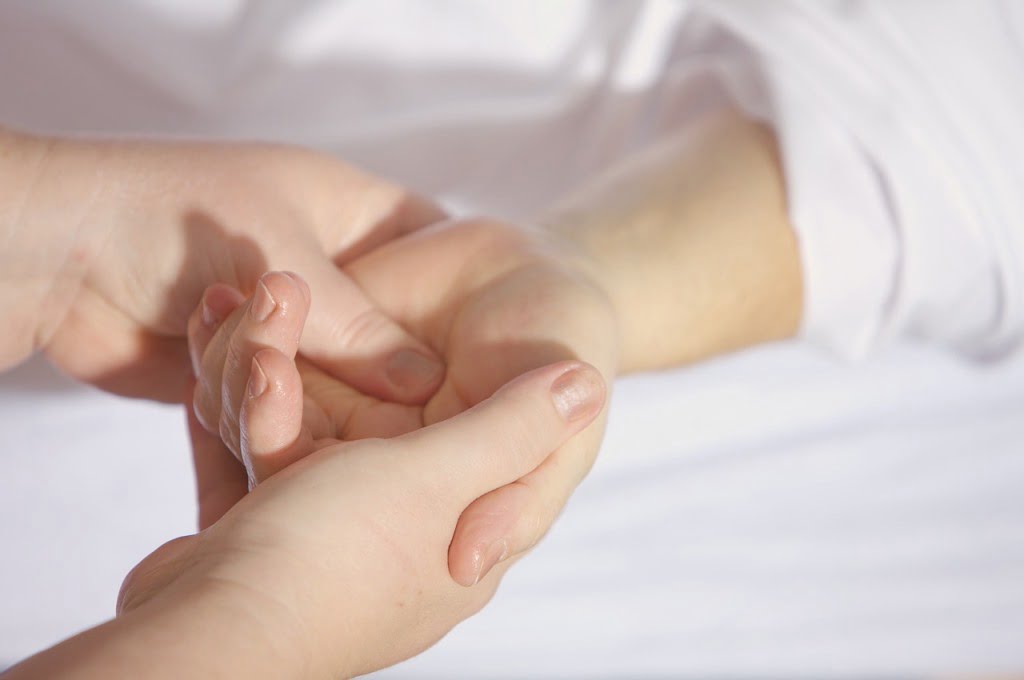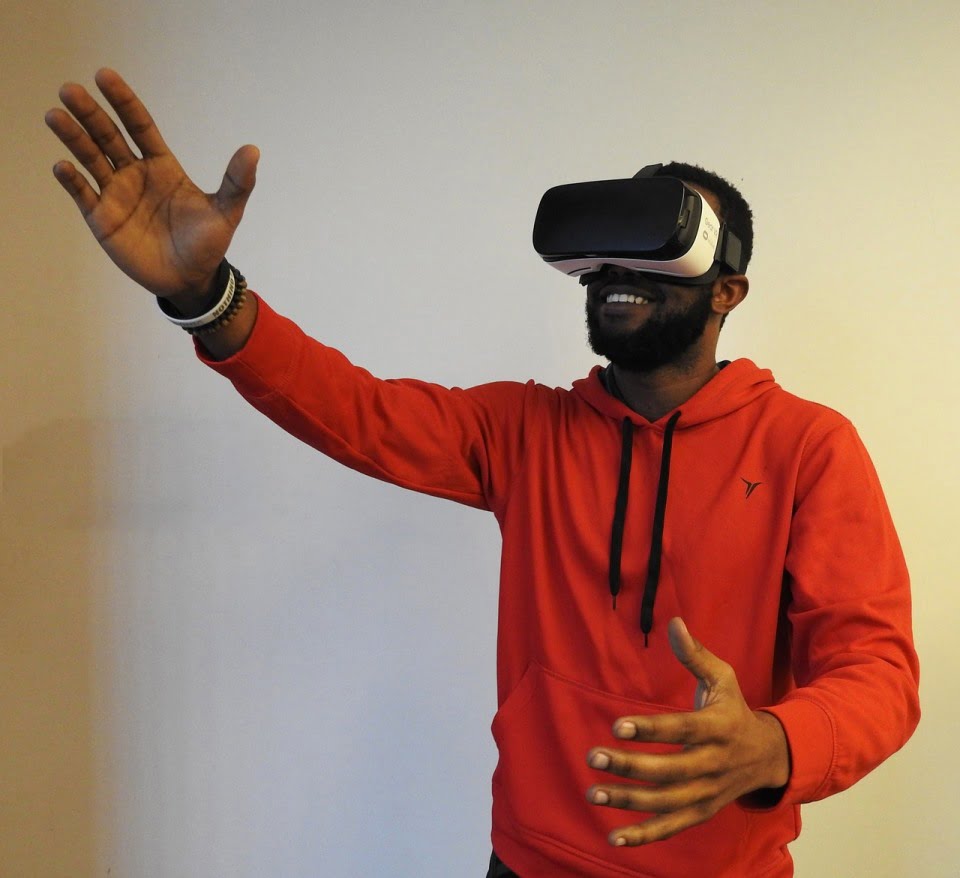A combination of traditional physiotherapy and cutting-edge technology may improve the motor skills and mobility of an impaired hand by letting the more mobile hand “lead by example” through virtual reality training, a new Israeli study suggests.
Typically, patients suffering from hemiparesis — the weakness or paralysis of one of two paired limbs — undergo physical therapy. “But this therapy is challenging, exhausting, and usually has a fairly limited effect,” Prof. Roy Mukamel of Tel Aviv University, who led the research, said in a statement. “Our results suggest that training with a healthy hand through a virtual reality intervention provides a promising way to repair mobility and motor skills in an impaired limb.”
SEE ALSO: Virtual Reality Therapy To Treat Fear Of Flying
Does the left hand know what the right hand is doing?
As part of the study, 53 healthy participants completed baseline tests to assess the motor skills of their hands, then strapped on virtual reality headsets that showed simulated versions of their hands. The virtual reality technology, however, presented the participants with a “mirror image” of their hands — when they moved their real right hand, their virtual left hand would move.
In the first experiment, participants completed a series of finger movements with their right hands, while the screen showed their “virtual” left hands moving instead. Next, participants placed motorized gloves on their left hands, which moved their fingers to match the motions of their right hands. Again, the headsets presented the virtual left hands moving instead of their right hands.
The research team found that when subjects practiced finger movements with their right hands while watching their left hands on 3D virtual reality headsets, they could use their left hands more efficiently after the exercise. But the most notable improvements occurred when the virtual reality screen showed the left hand moving while in reality the motorized glove moved the hand.
Sign up for our free weekly newsletter
SubscribeTricking the brain
“We effectively tricked the brain,” Mukamel says. “We manipulated what people saw and combined it with the passive, mechanical movement of the hand to show that our left hand can learn even when it is not moving under voluntary control.”
SEE ALSO: DouxMatok Tricks Your Brain
According to the researchers, this research could be applied to patients in physical therapy programs who have lost the strength or control of one hand. “We need to show a way to obtain high-performance gains relative to other, more traditional types of therapies,” Mukamel says. “If we can train one hand without voluntarily moving it and still show significant improvements in the motor skills of that hand – we’ve achieved the ideal.”
The researchers are currently examining the applicability of their novel VR training method to stroke patients.
The study was conducted by Prof. Roy Mukamel of TAU’s School of Psychological Sciences and Sagol School of Neuroscience, along with his student Ori Ossmy. It was recently published in Cell Reports.
Related posts

Editors’ & Readers’ Choice: 10 Favorite NoCamels Articles

Forward Facing: What Does The Future Hold For Israeli High-Tech?

Impact Innovation: Israeli Startups That Could Shape Our Future






Facebook comments